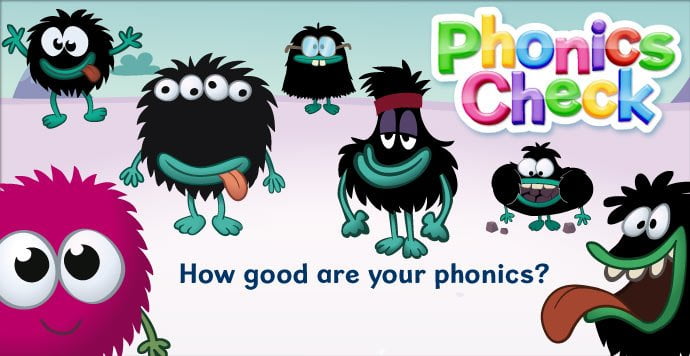
[hr-line][/hr-line]
The Department of Education recently published results of the Government’s phonics check, which was implemented to help the youngest primary school children properly pronounce simple words and sounds. The figures showed that 74% of five and six year old children across state schools in England passed the check which is an increase of 5% from 2012 when just 58% were able to correctly pronounce the expected number of words.
This reading method known as systematic synthetic phonics encourages youngsters to ‘sound out’parts of the word silently or to say it out loud, and to identify the sound of the word in conjunction with its meaning. This same methodology can be used in foreign language teaching to both children and adults. Some languages such as Spanish, Finnish, Polish, Serbian and Croatian are inherently phonetic, meaning that the words are pronounced pretty much the same as they are written.
When learning a new language, pronouncing the key sounds correctly is extremely important and this is precisely where phonics can help. If you are learning German or French for example,
you might find it difficult to pronounce ‘tricky’ words and to get used to the new sound categories. Phonics can prove particularly useful when faced with the task of having to produce the new sounds and can also help with memorising the words as well as spelling. Reading foreign words and trying to ‘decode’ them and figure out how they should be pronounced can be quite an arduous task when learning a language. However, if we focus on the sounds rather than just the letters themselves the whole process can become a lot easier.
Some language teachers argue that the use of phonics can greatly speed up the learning process and describe it as an accelerated learning method. If the learners are children or young adults, teachers who use this method can explain the approach to parents who can assist the children when they are reading and pronouncing the words at home.
Interestingly enough, digraphs and trigraphs that are components of phonics are also to be found in computer programming, a subject which will soon be taught to primary school children nationwide. Part of the major educational reforms is the introduction of a compulsory foreign language to be taught to children from the age of seven. As children are learning computer coding, they will be able to understand more easily the concept of using the phonic alphabetic code when it comes to learning a new language.

